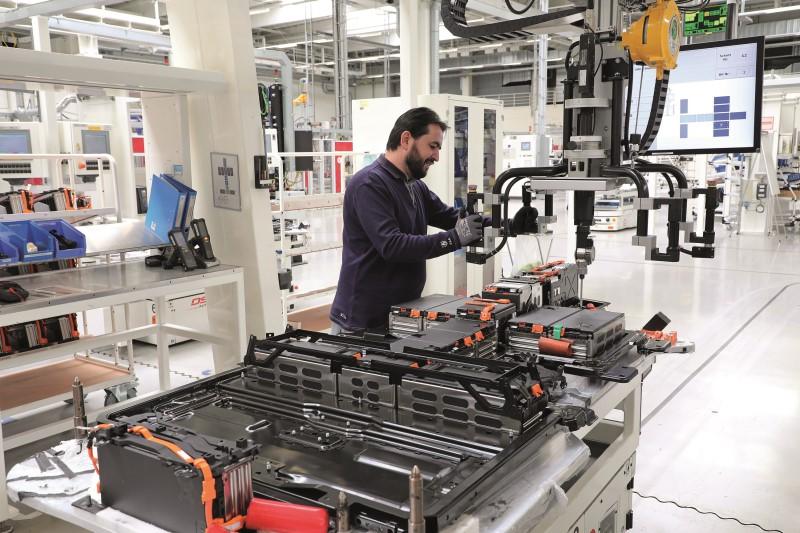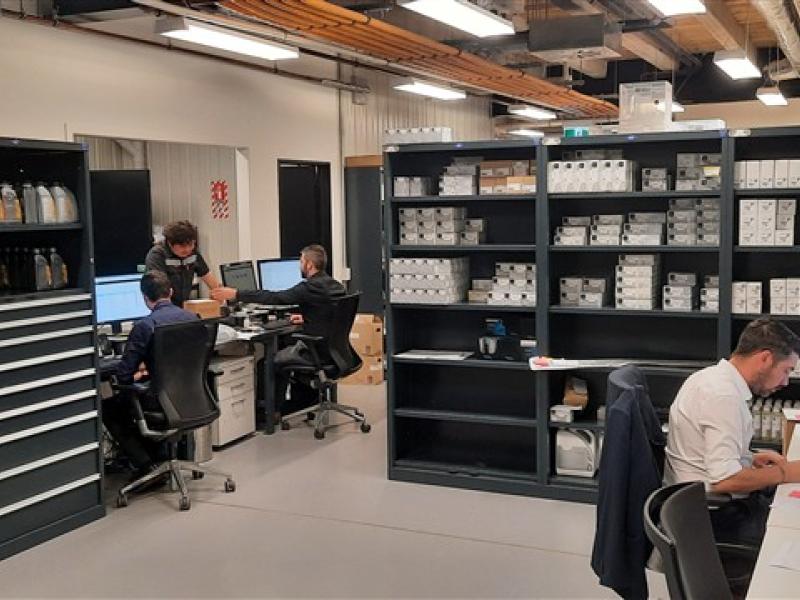By Henrik Moller, Daniel Myall, & Dima Ivanov (Flip the Fleet).
Battery Electric vehicles (BEVs) still cost a lot more up front than an equivalent-sized Internal Combustion engine Vehicle (ICV). But BEVs only cost around a quarter as much to fuel with electricity and to maintain compared to their petrol or diesel counterparts. Long-term return on investment sums are the key to whether early BEV adopters or the EV nay-sayers are making the smartest choice from a purely financial standpoint.
That bottom line comes down to four main intertwined unknowns: How long will an EV’s body last compared to an equivalent sized Internal Combustion Engine Vehicle (ICV)? How often will the BEVs’ batteries have to be replaced? What will each replacement battery cost? And, what will be the resale value of an EV compared to an ICV if you decide to on-sell before each is scrapped?
Most people predict that BEVs will remain useable for a lot longer than their ICV cousins. Some pundits are claiming that a Tesla will go well for well over two million km! In truth, we can’t be sure how long the new BEV technology will last – we are going to need another 20 years to find out if the EVangelists are right.
Their confidence comes from the relative simplicity of electric motors. Each has less than 10 moving parts compared to over 1,000 in a combustion engine – fewer things can break in an EV. The electric motors don’t get as hot and vibrate less than internal combustion engines, so there is much less rubbing between parts and less need for lubrication. Think of your freezer – it goes and goes for years without your attention.
The future availability and cost of replacement traction batteries, and how long each new battery will last, are also hard to predict. On average Nissan Leaf battery capacity fades at 2-4 percent each year. This is very encouraging for return on investment. But there is an added complication – at some time the battery is likely to reach a tipping point where it rapidly gets harder to charge and can hold less energy. The oldest Nissan Leafs are now eight years old. They show no sign of greatly accelerated battery capacity fade yet, but we don’t know when that tipping point will arrive.
Many businesses and boffins are turning their attention to providing better and cheaper batteries in future, so we are confident the battery longevity will soon be less of an issue. But in the short-term, it’s a worry. Analysis of the battery ‘State of Health’ (SoH) when first imported to New Zealand shows that around a third of the 24 kWh Nissan Leafs had depleted batteries, except in 2016 (Figure 1).
There was better supply of second-hand Leafs in Japan and UK in 2017, so price was lowest then and dealers presumably could select better quality batteries in 2017 for an affordable price.
Increasing numbers of New Zealanders are eager to join the “EVolution”, so dealers may be more willing to import lower quality vehicles to satisfy demand. This suggests that we urgently need to get the battery replacement issues sorted, or we must stop relying on second-hand imports to drive New Zealand’s transport transformation.
New EVs with extended range, full lifetime service support, and battery replacement are entering the market. Once we are no longer reliant on second-hand imports, the EV longevity risks will disappear.
The biggest unknown in return on investment sums is the BEVs’ future resale value. It will reflect a combination of the sticker price, longevity and battery concerns, but also supply and demand in the future market.
The average purchase cost of Nissan Leafs that have been monitored by Flip the Fleet has actually stabilised or gone up in the last two years. So, people are paying more now, even for older Leafs with more depleted batteries, than 2-3 years ago. This great for return on investment by early adopters, but discouraging for those that haven’t got a BEV yet.
At some stage in the EV transition there will be a corresponding drop in resale value of ICVs, so we think the favourable EV resale rates will continue.
In the longer run, it’s the supply of new and cheaper batteries that is the key to increasing supply and making them more affordable to make. Battery costs have been reducing by 16 percent per year for a decade. OEMs are scrambling to build more and better batteries, but there is projected to be a shortage until around 2025 when several new battery factories will come on stream and lots more EV models will be manufactured (Figure 2).
So, will running cost savings and slow depreciation rate outweigh the higher up-front cost compared to buying equivalent sized ICV? Our data for Nissan Leafs suggest the answer is definitely yes, at least in the short term. But we can’t predict the future market trends and are not yet assured that affordable battery replacements will be available.
Electric vehicle financial bottom lines
Electric vehicle financial bottom lines
Other
Tuesday, 10 September 2019






